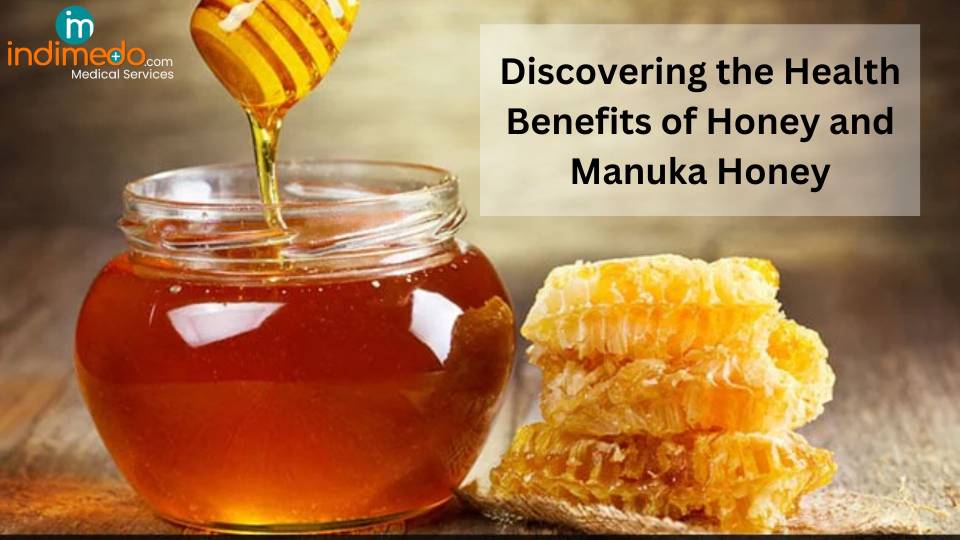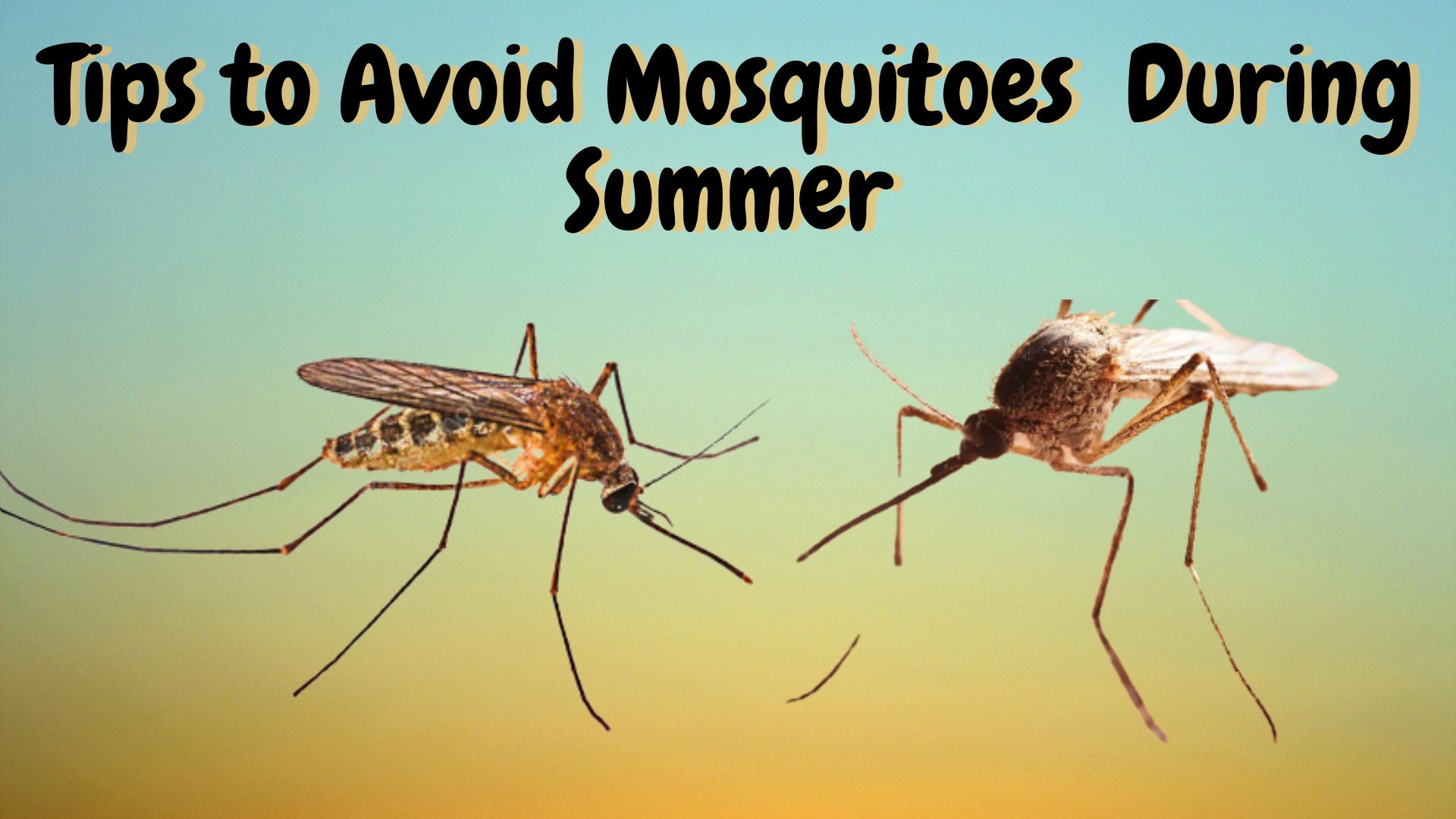Yeast Infection in Men | Causes and Treatment

Yeast infection, also known as candidiasis, is a fungal infection caused by an overgrowth of the Candida fungus. This fungus is naturally present in the body, but when it grows uncontrollably, it can cause an infection. Yeast infections can occur in various parts of the body, including the mouth, throat, genitals, and skin folds.
Symptoms of a Yeast Infection Can Vary Depending on The Location of The Infection, But May Include:
- Redness, itching, and soreness
- White or yellow discharge
- Pain or discomfort during sexual intercourse or urination
- Rash or blisters
- Foul odor
Risk factors for yeast infections include taking antibiotics or other medications that can disrupt the balance of natural bacteria and yeast in the body, having a weakened immune system, having diabetes, and wearing tight or synthetic clothing.
Yeast infections can also occur in men, although they are less common than in women. Yeast infections in men are typically caused by the same Candida fungus that causes infections in women. The most common type of yeast infection in men is a genital infection, also known as balanitis.
A yeast infection in men typically appears as redness, itching, and a rash on the head of the penis or foreskin. The affected area may also be swollen, sore, and painful to the touch. Some men may experience a thick, white discharge that resembles cottage cheese. It is important to note that these symptoms may also be indicative of other conditions, so it is important to seek medical advice for an accurate diagnosis and appropriate treatment.
Yeast infection in men is typically caused by an overgrowth of the Candida fungus, which can cause a variety of symptoms including:
-
Redness, itching, and irritation: The affected area may become red, itchy, and swollen.
- White, clumpy discharge: Some men with yeast infections may experience a white, clumpy discharge from the affected area.
- Painful urination: The infection may cause pain or burning during urination.
- Rash: A yeast infection may also cause a rash on the affected area.
- Foul odor: In some cases, the affected area may have a foul odor.
It's important to note that the symptoms of a yeast infection in men can vary depending on the severity of the infection and the location of the affected area. If you suspect that you have a yeast infection, it's important to see a healthcare professional for an accurate diagnosis and appropriate treatment.
Treatment for yeast infection in men typically involves antifungal medications, which can be taken orally or applied topically to the affected area. Depending on the severity of the infection, treatment may last from one to two weeks.
Antifungal medications that may be used to treat yeast infections in men include:
- Clotrimazole (Lotrimin AF)
- Miconazole (Monistat)
- Fluconazole (Diflucan)
In addition to antifungal medications, it's important to practice good hygiene to help prevent the infection from recurring. This may include:
- Washing the affected area regularly with mild soap and warm water
- Avoiding tight-fitting clothing and underwear made of synthetic materials
- Keeping the affected area clean and dry
- Avoiding sexual activity until the infection has cleared up
Male yeast infections are not uncommon and can be treated with some home remedies. Here are some male yeast infection home remedy:
- Apple cider vinegar: It has anti-fungal properties that can help treat yeast infections. Mix 1 tablespoon of apple cider vinegar with 1 cup of warm water and use it as a wash or a soak for the affected area.
- Garlic: It has anti-fungal properties that can help eliminate yeast infections. Crush a few garlic cloves and apply the paste to the affected area.
- Yogurt: It contains live cultures of lactobacillus bacteria, which can help restore the balance of good bacteria in the body. Apply plain, unsweetened yogurt directly to the affected area.
- Tea tree oil: It has anti-fungal properties that can help treat yeast infections. Mix a few drops of tea tree oil with a carrier oil, such as coconut oil, and apply it to the affected area.
- Boric acid: It has antifungal and antiseptic properties that can help treat yeast infections. Mix a small amount of boric acid with water and use it as a wash or a soak for the affected area.
While there is no specific diet for male yeast infections, there are some dietary recommendations that may help prevent or alleviate symptoms. These recommendations include:
- Avoiding sugary and processed foods: Yeast feeds on sugar, so it's important to limit the consumption of sugary and processed foods like candy, soda, baked goods, and processed snacks.
- Eating probiotic-rich foods: Probiotics are beneficial bacteria that help maintain a healthy balance of bacteria in the gut and prevent yeast overgrowth. Foods that are rich in probiotics include yogurt, kefir, sauerkraut, kimchi, and kombucha.
- Incorporating anti-inflammatory foods: Inflammation can weaken the immune system and increase the risk of yeast infections. Eating anti-inflammatory foods like leafy greens, berries, nuts, and fatty fish can help reduce inflammation in the body.
- Drinking plenty of water: Staying hydrated can help flush out toxins from the body and prevent urinary tract infections, which can increase the risk of yeast infections.
- Limiting alcohol consumption: Alcohol can weaken the immune system and disrupt the balance of bacteria in the gut, increasing the risk of yeast infections.





 Login with Facebook
Login with Facebook
 Login with Google
Login with Google